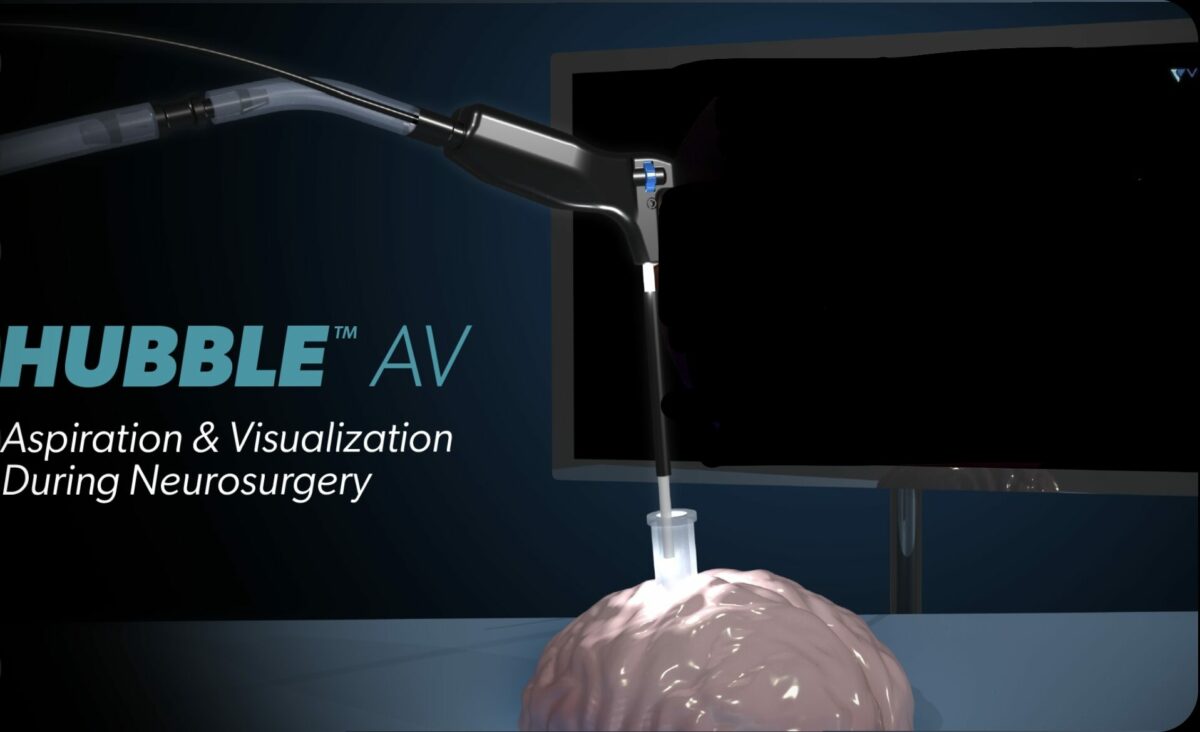
As the Hubble Space Telescope has significantly advanced the world’s understanding of the universe, Viseon’s Hubble AV system intends to have a similar impact in neurosurgery.
The Irvine-based medical technology firm announced in March the first clinical use of the company device, which uses 4K imaging technology to help visualize open and minimally invasive procedures.
The surgery was performed by Dr. Gabriel Zada, professor of neurological surgery and surgical director of the University of Southern California Brain Tumor Center.
The patient underwent a right frontal craniotomy, a surgical procedure removing part of the skull, for a tumor extraction.
“We achieved a complete evacuation of the hemorrhage and tumor,” Dr. Zada said in a statement.
The device marks an expansion into the neurosurgery market for Viseon, a company that has commercialized products for spinal surgeries.
“Neurosurgeons need minimally invasive solutions that improve visualization, efficiency and extent of resection for complex cranial pathology,” Dr. Zada said.
Cutting Down Risks, Costs
Surgical visualization is important for neurosurgery due to the surgeon’s need to access small and deep surgical fields safely, according to a report in the journal “Brain and Spine.”
The tools used to maximize visualization in a surgical procedure are constantly evolving.
Four magnification systems embody neurosurgery’s evolution of visualization: surgical lupes, endoscopes, surgical microscopes and exoscopes, all of which are important instruments used in neurosurgery.
The Hubble AV device is a sterile, disposable plug-and-play instrument designed for tumors and intracranial hematomas, accumulated blood within the skull. Its 4K digital resolution and lighting provides visualization and illumination in a deep cavity.
The system gets its name from the Hubble Telescope. Both instruments are designed “for seeing frontiers with much still to learn,” Pete Davis, Viseon’s president and COO, told the Business Journal.
Although Hubble AV is designed to integrate with — not replace — existing operating room equipment, the device helps reduce the costs and risks associated with these tools, according to the company.
“We’re delivering a next-generation therapeutic solution that promotes improved clinical outcomes, OR engagement and medical education—while reducing reliance on costly, capital-intensive microscopes, endoscopes and exoscopes,” Davis said.
Viseon said it intends to expand the use of its technology to treat a variety of patient conditions through its upcoming series of neurosurgery devices.
4K Digital Recordings
The Hubble AV system records the procedure from start to finish.
During the operation, the device projects the surgery on operating room monitors, which allows the surgical team to observe the surgery in real-time.
The recording is then saved for future use for post-operative review, training and patient education.
Emerging technologies, such as robotic-assisted surgery and artificial intelligence (AI) surgical support, could also be integrated with the recordings to enhance their performance, according to Viseon.
“Hubble AV is the first device of several in development as Viseon begins its neuro-cranial product journey,” Davis said.
Yuika Yoshida contributed to the report.
